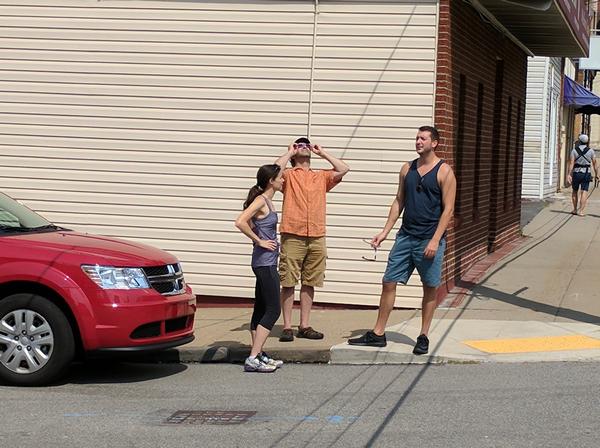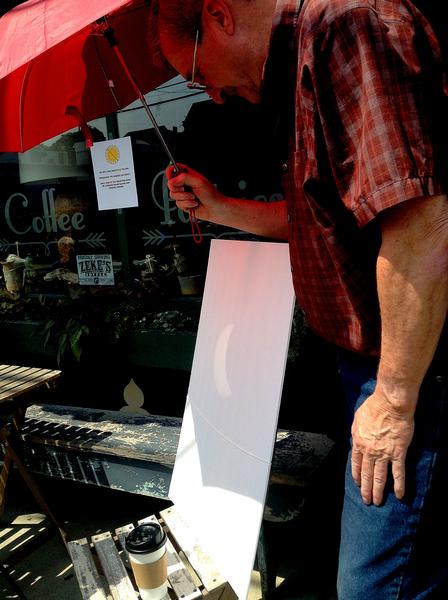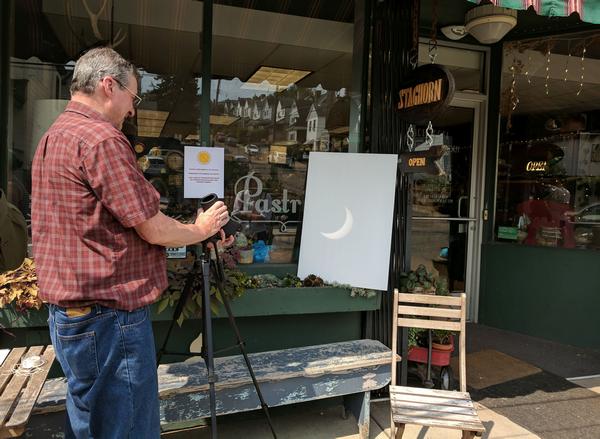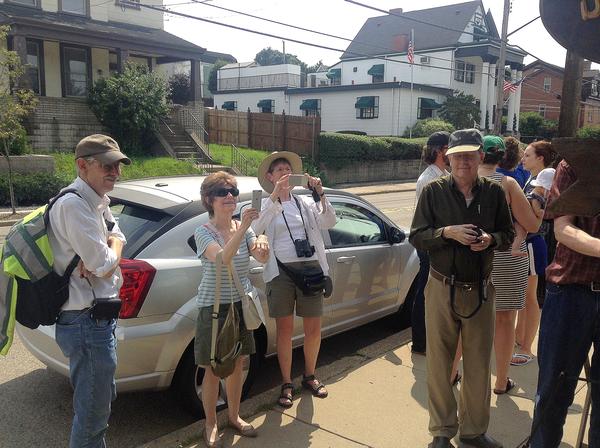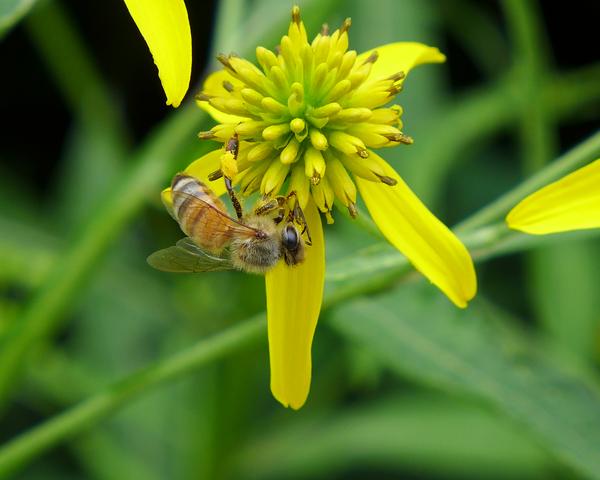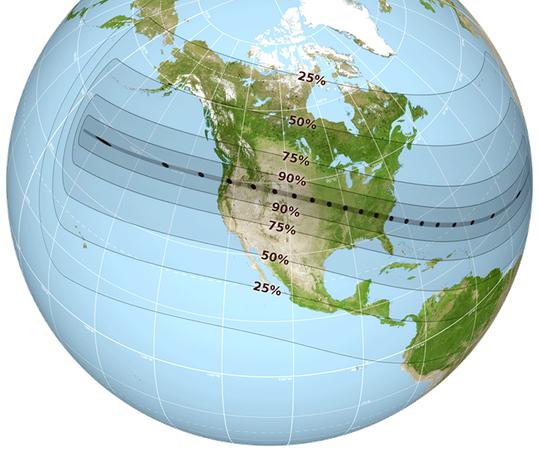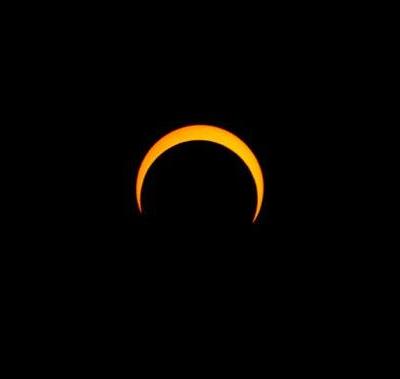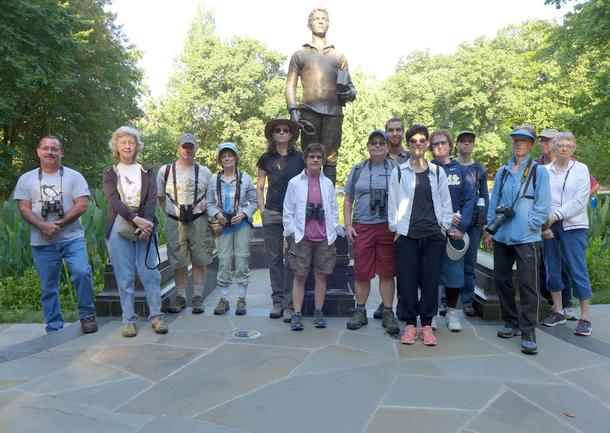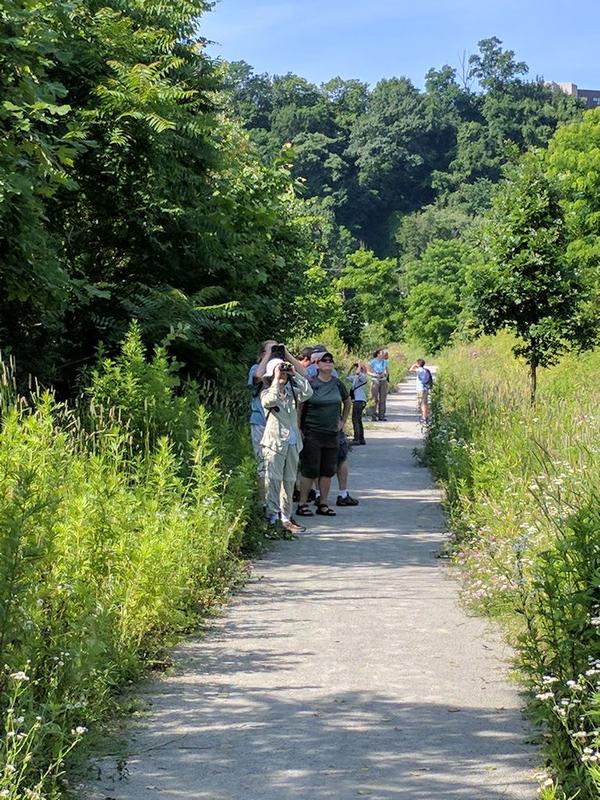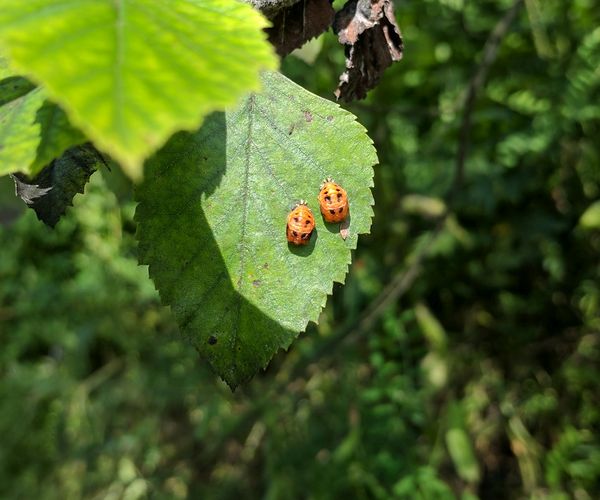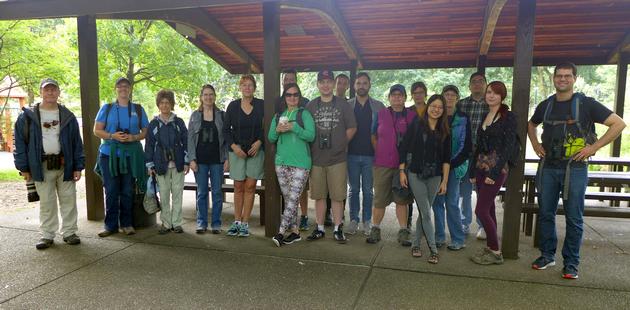
27 August 2017
This morning’s outing at Schenley Park was great for birds!
Though we saw only 26 species, plus a silent Empidonax flycatcher, we had good looks at some birds we don’t see every day including wood thrushes and a young Baltimore oriole.
Best Bird was a male pileated woodpecker, the first bird of the day. 😉
Best Insect — the one that got me excited — were some tiny flatid planthoppers, gray with blueish spots. To my untrained eye they looked like this, Metcalfa pruinosa, an insect native to North America.
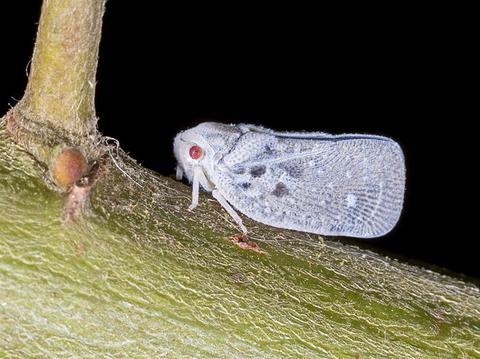
Click here for today’s eBird checklist, also listed below.
Mourning Dove (Zenaida macroura)
Chimney Swift (Chaetura pelagica)
Ruby-throated Hummingbird (Archilochus colubris)
Red-bellied Woodpecker (Melanerpes carolinus)
Downy Woodpecker (Picoides pubescens)
Hairy Woodpecker (Picoides villosus)
Northern Flicker (Colaptes auratus)
Pileated Woodpecker (Dryocopus pileatus)
Eastern Wood-Pewee (Contopus virens)
Empidonax species (Empidonax sp.)
Red-eyed Vireo (Vireo olivaceus)
Blue Jay (Cyanocitta cristata)
Carolina Chickadee (Poecile carolinensis)
Tufted Titmouse (Baeolophus bicolor)
White-breasted Nuthatch (Sitta carolinensis)
Wood Thrush (Hylocichla mustelina)
American Robin (Turdus migratorius)
Gray Catbird (Dumetella carolinensis)
Cedar Waxwing (Bombycilla cedrorum)
Chipping Sparrow (Spizella passerina)
Eastern Towhee (Pipilo erythrophthalmus)
Northern Cardinal (Cardinalis cardinalis)
Rose-breasted Grosbeak (Pheucticus ludovicianus)
Baltimore Oriole (Icterus galbula)
Common Grackle (Quiscalus quiscula)
House Finch (Haemorhous mexicanus)
American Goldfinch (Spinus tristis)
(group photo by Kate St. John. Insect photo from Wikimedia Commons via Creative Commons Attribution-Share Alike 4.0 International license.)
